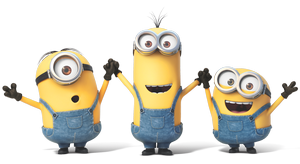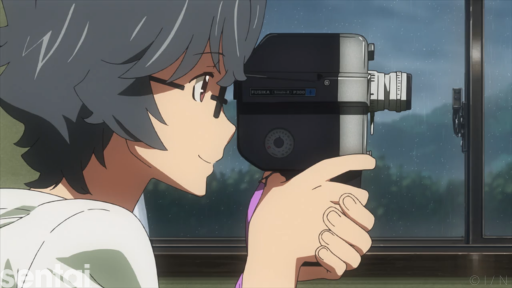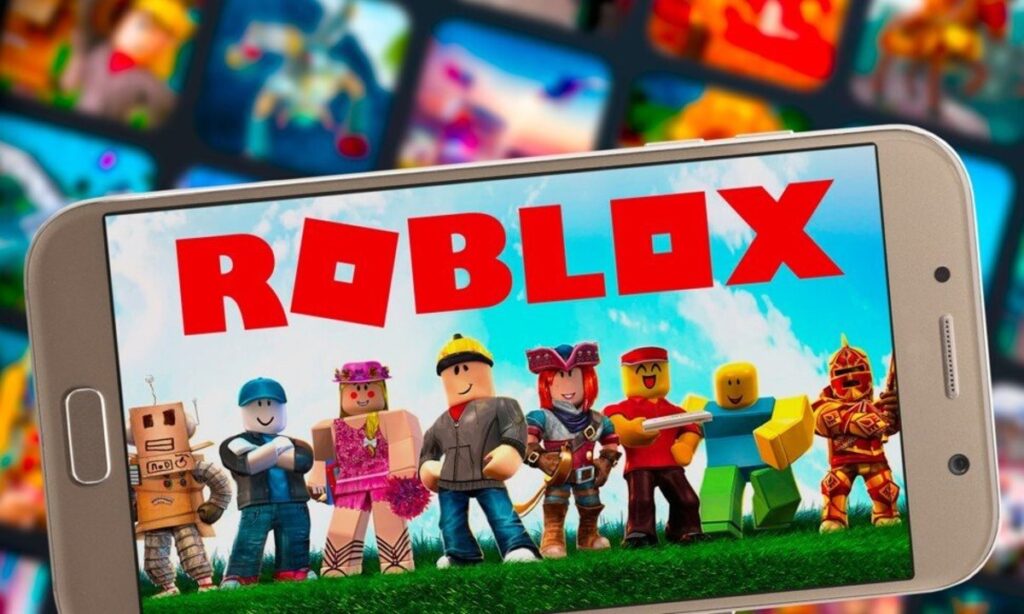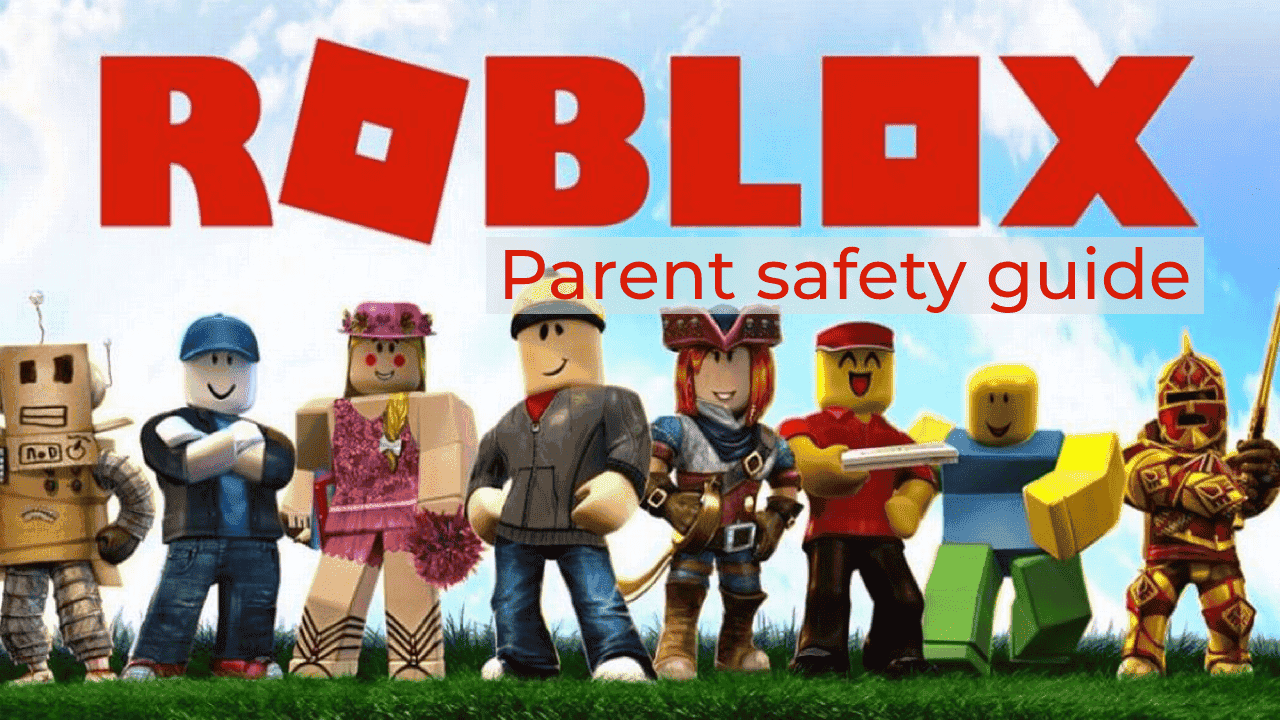Explore iconic film scenes and their storyboards in this essay. See how storyboarding brings the director’s visions to life on the big screen.
Introduction
Storytelling is not just for the final cut of a movie in filmmaking. The production of storyboards is an essential step in the filmmaking process that takes place before the cameras start rolling and the performers start taking their lines. Storyboards serve as a blueprint for famous movie scenes since they are a visual depiction of a director’s vision.
In this essay, we’ll delve into the intriguing world of movie production and examine how precise storyboarding helped bring iconic movie scenes from their inception to the big screen.
The Use and Influence of Storyboards
Before discussing specific legendary movie moments, it’s critical to comprehend the role that storyboards play in the production of movies. A storyboard is a collection of hand-drawn or digitally produced graphics that depict every shot in a scene, along with the camera angles, character positioning, and composition. They act as a visual script, facilitating good communication and planning between the director and the entire production team.
The ability to visualize ideas before devoting time and resources to the real shot is one of the storyboards’ most prominent benefits. This procedure not only helps with creative decision-making but also streamlines production, cutting down on expensive reshoots and guaranteeing a consistent visual story.
Iconic Film Scenes
Jurassic Park

With its ground-breaking use of CGI to bring dinosaurs to life, Steven Spielberg’s “Jurassic Park” revolutionized the cinema business. The T. rex escape, in which the enormous predator attacks a group of characters confined to a tour bus, is one of the movie’s most memorable scenes.
Storyboard evaluation
- The opening shot of the scene shows the T. rex’s eye up close, hinting at the impending peril.
- The storyboard shows the water in a cup shaking as the tension rises, hinting to the dinosaur’s approach using subtly placed visual signals.
- A wide-angle view depicts the enormous T. rex screaming as it flips the tour vehicle in all its horrific magnificence.
- The characters’ frantic attempts to escape the ancient beast’s mouth are seen in the scene’s conclusion.
Outcome:
Spielberg’s skill of suspense and visual storytelling is evident in Spielberg’s storyboard for the T. rex escape scene. It helped make the movie a cinematic landmark by accurately capturing the wonder and terror of coming across a real dinosaur.
The Dark Knight
Heath Ledger’s legendary portrayal of the Joker in Christopher Nolan’s “The Dark Knight” is renowned for its grimy, dark take on the Batman mythos. One of the most terrifying scenes involving the Joker is a pencil going into a mobster’s eye.
Storyboard evaluation
- As he lays the pencil on a table, the Joker is depicted in the storyboard as being cool and collected.
- The mobster is depicted in a close-up in the following frame, his eye aligned with the pencil.
- The abrupt, violent push of the pencil is then represented in the storyboard, but there is no overt bloodshed.
- The Joker may be seen nonchalantly picking up his jacket in the last frame and leaving the horrific scene.
Outcome:
This storyboard perfectly captures the vicious essence of the Joker and the movie’s dedication to suspenseful storytelling without resorting to excessive violence. The juxtaposition of the Joker’s casual attitude with the act’s heinousness is a sign of Nolan’s brilliance as a director.
Mad Max: Fury Road
With its furious pace and visceral real-world impacts, George Miller’s “Mad Max: Fury Road” reinvented the action subgenre. One of the most memorable scenes in the movie is the fast-paced chase featuring Furiosa’s (Charlize Theron) War Rig and the terrifying Immortan Joe vehicles.
Storyboard evaluation
- A wide picture of the huge desert wasteland in the storyboard establishes the scene.
- It draws attention to the unique designs of the vehicles, highlighting their horrifying and terrifying aspect.
- The action scenes are extremely well-done, with frames showing the mayhem of the chase, complete with explosions and car stunts.
- The pivotal sequence is when Max (Tom Hardy) tries to evade the chase by jumping from one car to another.
Outcome:
The popularity of “Mad Max: Fury Road” was greatly influenced by the storyboards. They successfully converted George Miller’s vision into gripping action sequences that left viewers gasping and solidified the movie’s standing as a modern action masterpiece.
Arrival
In the backdrop of an extraterrestrial encounter, Denis Villeneuve’s “Arrival” tackles the challenges of language and communication. The first sequence of the movie features linguist Louise Banks (Amy Adams) entering the alien spacecraft.
Storyboard evaluation
- An alien spacecraft that is hovering over the earth and emitting an unsettling glow opens the storyboard.
- It perfectly depicts the anxiety and apprehension Louise feels as she steps inside the spacecraft, her silhouette set against the eerie, misty environment.
- Louise’s feelings are shown in close-ups of her face as she first comes into contact with the mysterious, seven-limbed aliens.
- The emotional high point of the sequence is shown as Louise mirrors the alien’s motion by extending her hand in its direction.
Outcome:
The atmospheric and thought-provoking tone of “Arrival” was successfully communicated through the storyboards. Villeneuve’s meticulous planning, which is evident in the storyboards, helped to create a deeply poignant and artistically magnificent sequence that went beyond common sci-fi clichés.
Dunkirk -The Beach Evacuation
The non-linear storyline in Christopher Nolan’s “Dunkirk” expertly depicts the Dunkirk evacuation during World War II. One of the terrifying scenes in the movie features troops who are stuck on a beach and waiting for help.
Storyboard evaluation
- The storyboard accurately depicts the size of the beach and the sheer volume of soldiers, emphasizing how exposed they are.
- There is a persistent sense of fear as it depicts the German aircraft’s relentless attacks.
- The storyboard incorporates individual tales and character experiences that show glimpses of their adversity and tenacity.
- Detailing highlights the troops’ faces of relief and hope as they see arriving warships in the dramatic rescue scene.
Outcome:
The “Dunkirk” storyboards demonstrated Nolan’s dedication to historical accuracy and a compelling storyline. Nolan and his crew achieved a riveting and lasting cinematic triumph by painstakingly preparing each shot and faithfully reenacting the terrifying Dunkirk evacuation.
Get Out – The Sunken Place

The social thriller “Get Out” by Jordan Peele examines prejudice and exploitation in America. The “sunken place” segment is the movie’s most eerie and recognizable scene.
Storyboard evaluation
- Daniel Kaluuya’s character Chris (in the storyboard) is seen plunging into a pitch-black abyss as the “sunken place” is first spoken.
- Due to his immobility and confinement, Chris is unable to resist or flee, which evokes a sensation of helplessness.
- Chris’s eyes are shown in close-ups throughout the scenario, conveying his fear and despair and heightening the emotional impact of the scene.
- The battle Chris faces to reclaim control of his body during the finale represents his fight against oppression.
Outcome:
The “Get Out” storyboards successfully interpreted Peele’s allegorical tale into a visual metaphor for the plight of African Americans in America. The film received high praise from critics in part because of the disturbing and haunting images of the “sunken place” that had a lasting effect on viewers.
Blade Runner 2049 – The Holographic Dance
The stunningly spectacular “Blade Runner 2049” by Denis Villeneuve is a prequel to the original “Blade Runner.” Ana de Armas and Ryan Gosling’s holographic AI avatar Joi dances with Officer K in one of the movie’s most memorable moments.
Storyboard evaluation
- The storyboard paints a picture of a grim, sodden future in Los Angeles.
- It creates an aura of otherworldliness by introducing Joi as a holographic projection.
- Fluid, ethereal movements are used to convey the dance sequence, emphasizing the appearance of intimacy between Joi and K.
- K’s face is shown in close-ups as he struggles with his affection for the holographic AI, adding to the scene’s emotional depth.
Outcome:
The visual and emotional intricacy of “Blade Runner 2049” was made possible in large part because of the storyboards. Villeneuve’s rigorous planning made it possible to create a scene that audiences found captivating and thought-provoking.
Parasite Revelation in the Basement
The genre-defying masterwork “Parasite” by Bong Joon-ho explores social injustice and class differences. The cellar sequence that serves as the movie’s climax is both startling and essential to the story.
Storyboard Analysis:
- The basement setting is described in the storyboard as being gloomy and confining.
- It depicts the suspense as characters explore the secret area and reveal the plot’s mysteries.
- The intricate use of framing and composition highlights the characters’ shifting power relations.
- The stunning conclusion used to represent the climax perfectly captures the characters’ gut-wrenching reactions.
Outcome:
The storyboards for “Parasite” are a prime example of Bong Joon-ho’s painstaking storytelling style. He produced a moment that left viewers startled and thinking about the movie’s underlying themes long after the credits had finished rolling by meticulously arranging every frame and revelation.
Conclusion
Film directors, storyboard artists, and production crews work together to create iconic film scenes as a consequence of their careful planning, original thinking, and cooperative efforts. From the unsettling “Here’s Johnny!” scene in “The Shining” to the mind-blowing T. rex escape in “Jurassic Park” and the ground-breaking bullet time in “The Matrix,” storyboards act as a link between concept and reality in the world of film.
It is clear from our investigation of these well-known movie scenes and their original storyboards that the success and impact of a film greatly depend on the meticulous visualization of ideas. The use of storyboards allows filmmakers to create moments that will stay with viewers for centuries, demonstrating that the magic of film lies not only in the images we see on screen but also in the painstaking work of those who create them.
Supersaga is a powerful storyboarding tool that makes the process easier and more efficient than ever before. With its intuitive interface and wide range of features, Supersaga is the perfect tool for filmmakers of all levels of experience.
Supersaga is also a collaborative tool, making it easy for filmmakers to share their storyboards with others and get feedback. This makes it an ideal tool for teams of filmmakers working on complex projects.
The future of storyboarding looks bright, thanks to tools like Supersaga. With Supersaga, filmmakers can create more sophisticated and visually stunning storyboards, which will lead to better films.
Here are some specific ways that Supersaga can help filmmakers to improve their storytelling process:
Experiment with different shot compositions and camera angles: Supersaga makes it easy to experiment with different shot compositions and camera angles. This can help filmmakers to find the best way to represent their story and engage their viewers visually.
Create more dynamic and visually interesting storyboards: Supersaga allows filmmakers to add motion, animation, and sound effects to their storyboards. This can help to create more dynamic and visually interesting storyboards that are more engaging for viewers and collaborators.






